Home>Gardening & Outdoor>Landscaping Ideas>What Kind Of Grass Is On Wimbledon Courts
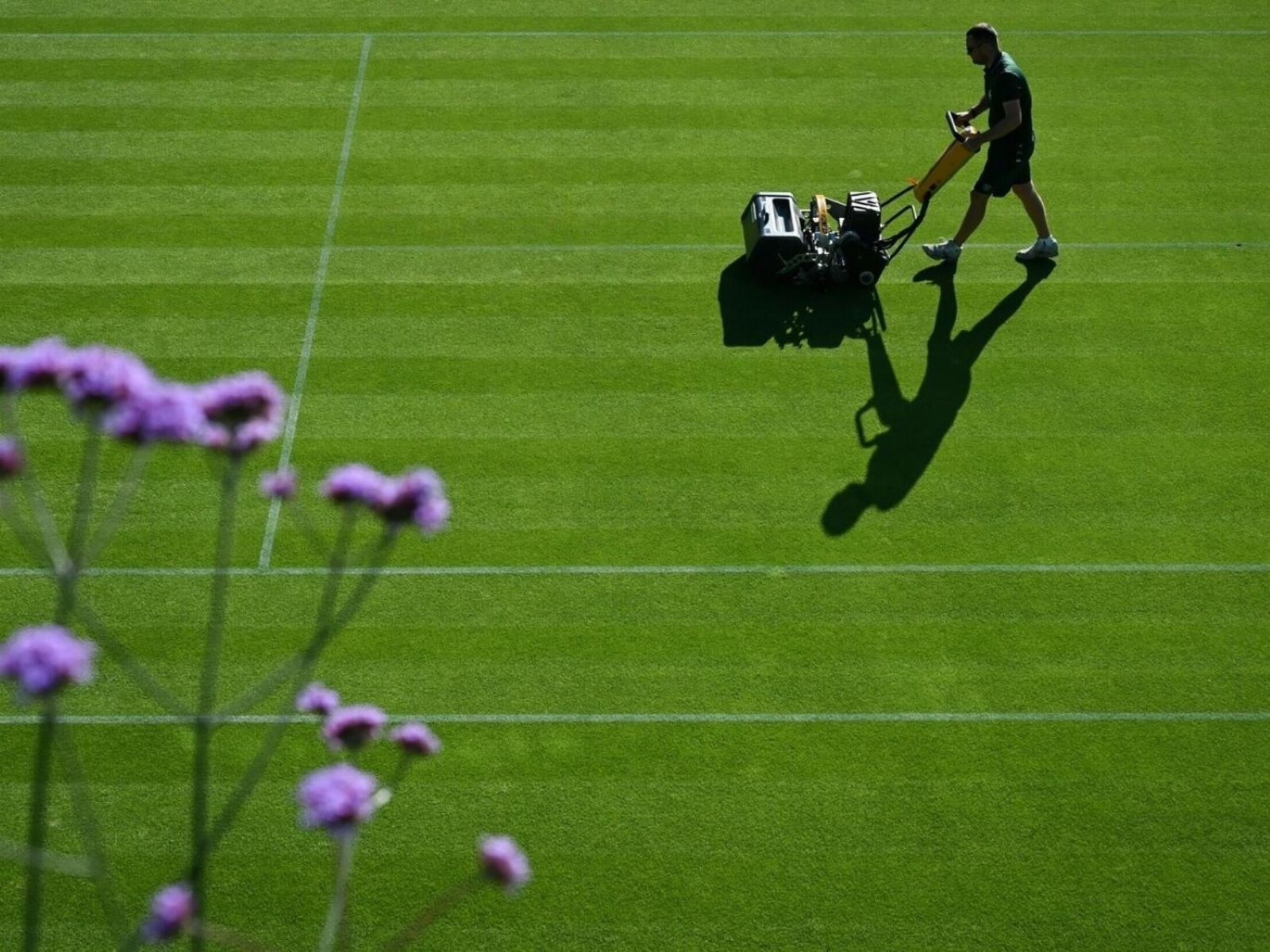

Landscaping Ideas
What Kind Of Grass Is On Wimbledon Courts
Modified: February 18, 2024
Discover the best landscaping ideas for Wimbledon-like grass courts. Learn about the types of grass used in Wimbledon and how to replicate them in your own yard.
(Many of the links in this article redirect to a specific reviewed product. Your purchase of these products through affiliate links helps to generate commission for Storables.com, at no extra cost. Learn more)
Introduction
Welcome to the prestigious grounds of Wimbledon, where the allure of tradition and the thrill of athletic prowess converge on the emerald green grass courts. The grass at Wimbledon is not just a surface for play; it is a hallowed symbol of the tournament’s rich heritage and a defining feature of the game of tennis. In this article, we will delve into the captivating world of Wimbledon grass, exploring its history, evolution, specific species, maintenance, and the unique performance it offers to players and spectators alike.
Wimbledon, the oldest tennis tournament in the world, has been a beacon of excellence and a testament to the sport’s enduring appeal since its inception in 1877. The event is steeped in tradition, from the meticulous dress code to the ceremonious strawberries and cream enjoyed by spectators. Amidst this grandeur, the grass courts stand as a living testament to the tournament’s commitment to preserving the essence of tennis as it was played in its formative years.
Join us on a journey through time and turf as we uncover the secrets and splendor of the grass that has borne witness to legendary matches and historic triumphs. From the first blades of grass to the meticulous maintenance practices, the story of Wimbledon grass is a fascinating saga that continues to captivate tennis enthusiasts and nature lovers alike.
Key Takeaways:
- Wimbledon grass courts are a symbol of tradition and excellence, offering a unique playing environment with velvety smoothness, exceptional pace, and vibrant aesthetics that captivate players and spectators alike.
- The meticulous care and attention devoted to cultivating and maintaining Wimbledon grass underscore the tournament’s unwavering dedication to preserving the essence of grass court tennis, ensuring a stage that honors tradition while embracing modern advancements.
Read more: What Kind Of Grass Is Wimbledon
History of Wimbledon Courts
The history of Wimbledon courts is a tale woven with the threads of tradition, innovation, and unwavering commitment to excellence. When the All England Croquet Club hosted the inaugural Wimbledon Championships in 1877, the event took place on a different surface altogether. The courts were initially laid with a type of lawn tennis surface known as “lawn,” which was a mixture of clover, meadow grasses, and other varieties commonly found in English gardens.
It wasn’t until 1881 that the decision was made to transition to a surface more suited to the sport of lawn tennis. This marked the introduction of grass courts, a defining characteristic that set Wimbledon apart from other major tennis tournaments. The natural undulations and unpredictable bounces of the grass surface added an element of challenge and excitement to the game, captivating players and spectators alike.
Over the years, the grass courts at Wimbledon have witnessed the triumphs of tennis legends and the evolution of the sport itself. The tournament’s commitment to preserving the grass courts amidst the rise of hard and clay court surfaces has solidified its status as a bastion of tradition and a custodian of the sport’s heritage.
As the tournament grew in stature and popularity, so did the meticulous care and attention devoted to maintaining the integrity of the grass courts. The history of Wimbledon courts is a testament to the enduring legacy of a surface that has stood the test of time and remained an integral part of the tournament’s identity for over a century and a half.
The Evolution of Grass on Wimbledon Courts
The evolution of the grass on Wimbledon courts is a testament to the tournament’s commitment to preserving tradition while embracing innovation to ensure the highest standards of play. Over the years, the grass surface has undergone significant changes in response to advancements in turf management and the evolving demands of modern tennis.
One of the most notable developments in the evolution of Wimbledon grass came in the 1920s when the decision was made to switch from the original mixture of grasses to a single, hard-wearing species. This shift aimed to enhance the durability and consistency of the playing surface, ensuring a fair and challenging environment for competitors.
As technology and scientific expertise in turf management advanced, so did the methods employed to cultivate and maintain the grass at Wimbledon. The introduction of underground heating and irrigation systems revolutionized the way the courts were prepared, allowing for precise control over moisture levels and temperature, thereby optimizing playing conditions.
Furthermore, the composition of the grass itself has undergone refinement, with specific strains and cultivars selected for their resilience, uniformity, and ability to withstand the rigors of intense competition. This meticulous approach to grass selection has played a pivotal role in shaping the character and performance of the courts, ensuring that they remain true to the tournament’s storied legacy.
As the custodians of the grass courts, the groundskeeping team at Wimbledon continues to explore innovative techniques and technologies to further enhance the quality and sustainability of the playing surface. The evolution of grass on Wimbledon courts stands as a testament to the tournament’s unwavering dedication to providing players with a stage that honors the spirit of the sport while embracing the advancements of the modern era.
The Specific Grass Species Used on Wimbledon Courts
The grass species used on Wimbledon courts is carefully selected to meet the exacting standards of play and to uphold the tournament’s esteemed traditions. Since the 1920s, Wimbledon has predominantly featured perennial ryegrass (Lolium perenne) as the primary grass species for its courts. This choice was made for its exceptional resilience, rapid regrowth, and ability to withstand the intense wear and tear of professional tennis matches.
Perennial ryegrass is known for its fine texture, vibrant green color, and remarkable durability, making it an ideal choice for the high-impact environment of a tennis court. Its capacity to recover quickly from damage ensures that the playing surface remains consistent and reliable throughout the tournament, even during extended rallies and intense matches.
Furthermore, the grass at Wimbledon is meticulously maintained at a precise height of 8 millimeters, a standard that has been upheld to ensure optimal playing conditions and a consistent bounce across all courts. This uniformity is essential in preserving the integrity of the game and providing players with a level playing field on which to showcase their skills.
In addition to perennial ryegrass, fine fescue grasses are also incorporated into the composition of the courts. These grass species contribute to the overall resilience and texture of the playing surface, enhancing its ability to withstand the demands of professional tennis while maintaining its characteristic smoothness and pace.
The specific grass species used on Wimbledon courts undergoes rigorous testing and evaluation to ensure that it meets the tournament’s exacting standards for performance, durability, and aesthetics. The careful selection and meticulous cultivation of these grasses reflect Wimbledon’s unwavering commitment to providing players with a superlative stage for competition and preserving the unique essence of grass court tennis.
Wimbledon courts are covered with perennial ryegrass, which is known for its durability and ability to withstand heavy foot traffic.
Maintenance of Wimbledon Courts
The maintenance of Wimbledon courts is a labor of love and an intricate dance of science and artistry, orchestrated to uphold the impeccable standards of the tournament. The care and preservation of the grass courts are entrusted to a dedicated team of groundskeepers whose expertise and unwavering commitment ensure that the hallowed turf remains in pristine condition throughout the championship.
The meticulous maintenance regimen begins long before the first serve is struck, with preparations commencing well in advance to nurture the grass to perfection. The courts are meticulously mowed to a precise height, a task that demands precision and skill to achieve the consistent playing surface that is synonymous with Wimbledon.
Furthermore, the groundskeeping team employs innovative techniques such as aeration and verticutting to promote healthy root growth and maintain the grass’s resilience. These methods help to alleviate soil compaction, enhance drainage, and encourage the development of a robust root system, ensuring that the grass courts can withstand the rigors of intense competition while retaining their characteristic lushness and smoothness.
Watering also plays a crucial role in the maintenance of Wimbledon courts, with sophisticated irrigation systems employed to deliver precise amounts of moisture to the grass. This delicate balance of hydration is essential in sustaining the optimal playing conditions and preserving the grass’s vibrancy and elasticity.
Additionally, the groundskeepers meticulously monitor the health of the grass, addressing any signs of stress or wear to maintain the uniformity and performance of the courts. This proactive approach to maintenance involves swift interventions to address any imperfections and uphold the tournament’s exacting standards for the playing surface.
The attention to detail and unwavering dedication to excellence demonstrated in the maintenance of Wimbledon courts underscore the tournament’s commitment to providing players with a stage that epitomizes the essence of grass court tennis. The harmonious fusion of tradition, innovation, and expertise in turf management ensures that the grass courts at Wimbledon continue to enchant and inspire players and spectators alike.
Read more: What Type Of Grass Is Wimbledon Played On
Performance and Characteristics of Wimbledon Grass
The grass at Wimbledon possesses a unique set of performance and characteristics that distinguish it as one of the most revered surfaces in the world of tennis. Its lush green expanse, meticulously tended to and steeped in tradition, sets the stage for a captivating display of athleticism and skill during the prestigious tournament.
One of the defining characteristics of Wimbledon grass is its velvety smoothness, which offers a low and consistent bounce that demands precision and finesse from players. The surface’s firmness and responsiveness reward strategic shot-making and agile footwork, adding an element of unpredictability and excitement to each rally.
Furthermore, the grass at Wimbledon is renowned for its exceptional pace, providing players with a dynamic playing environment that rewards aggressive play and quick reflexes. The rapid pace of the surface challenges competitors to adapt their strategies and showcase their versatility, making for riveting and unpredictable matches that captivate audiences around the world.
Despite its quick pace, Wimbledon grass also possesses a remarkable capacity to absorb the impact of powerful serves and groundstrokes, offering a forgiving yet challenging surface that tests the agility and shot-making prowess of players. This delicate balance of speed and resilience contributes to the allure of grass court tennis, where split-second decisions and lightning-fast exchanges unfold with breathtaking intensity.
Moreover, the grass at Wimbledon is celebrated for its aesthetic appeal, with its vibrant hue and immaculate presentation adding to the tournament’s enchanting ambiance. The contrast of the verdant courts against the pristine white attire of the players creates a visually stunning spectacle that evokes the timeless elegance and grandeur of the sport.
As a stage for the sport’s most storied tournament, the grass at Wimbledon embodies a legacy of excellence, offering players a canvas upon which they can inscribe their names in the annals of tennis history. Its distinctive performance and characteristics stand as a testament to the enduring allure and captivating nature of grass court tennis, enchanting players and spectators with its timeless charm and unparalleled drama.
Conclusion
The grass courts of Wimbledon stand as a testament to the enduring legacy of a surface that has shaped the history and identity of tennis. From its humble origins to its evolution into a stage for the sport’s most illustrious tournament, Wimbledon grass has remained a symbol of tradition, excellence, and the enduring allure of grass court tennis.
As we have explored the history, evolution, specific species, maintenance, and performance of Wimbledon grass, it becomes evident that the courts are not just a playing surface; they are a living embodiment of the tournament’s commitment to preserving the essence of the sport. The meticulous care and attention devoted to cultivating and maintaining the grass courts underscore Wimbledon’s unwavering dedication to providing players with a stage that honors the spirit of the game while embracing the advancements of the modern era.
The allure of Wimbledon grass lies not only in its velvety smoothness, exceptional pace, and vibrant aesthetics but also in the indelible sense of tradition and prestige that it imparts. The surface has borne witness to legendary matches, historic triumphs, and the timeless elegance of grass court tennis, captivating players and spectators with its unique blend of challenge and charm.
As the sport continues to evolve, and new surfaces and technologies emerge, the grass courts of Wimbledon remain a bastion of tradition, a testament to the tournament’s commitment to preserving the heritage of tennis. The legacy of Wimbledon grass endures as a captivating saga that continues to enchant and inspire, embodying the timeless allure and drama of one of the sport’s most cherished traditions.
In the heart of Wimbledon, amidst the whispers of the wind and the echoes of history, the grass courts stand as a living testament to the enduring spirit of tennis, a stage where champions are crowned and legends are immortalized. The story of Wimbledon grass is a saga of tradition, excellence, and the timeless allure of a surface that continues to enthrall and enchant, ensuring that the spirit of grass court tennis will endure for generations to come.
Frequently Asked Questions about What Kind Of Grass Is On Wimbledon Courts
Was this page helpful?
At Storables.com, we guarantee accurate and reliable information. Our content, validated by Expert Board Contributors, is crafted following stringent Editorial Policies. We're committed to providing you with well-researched, expert-backed insights for all your informational needs.
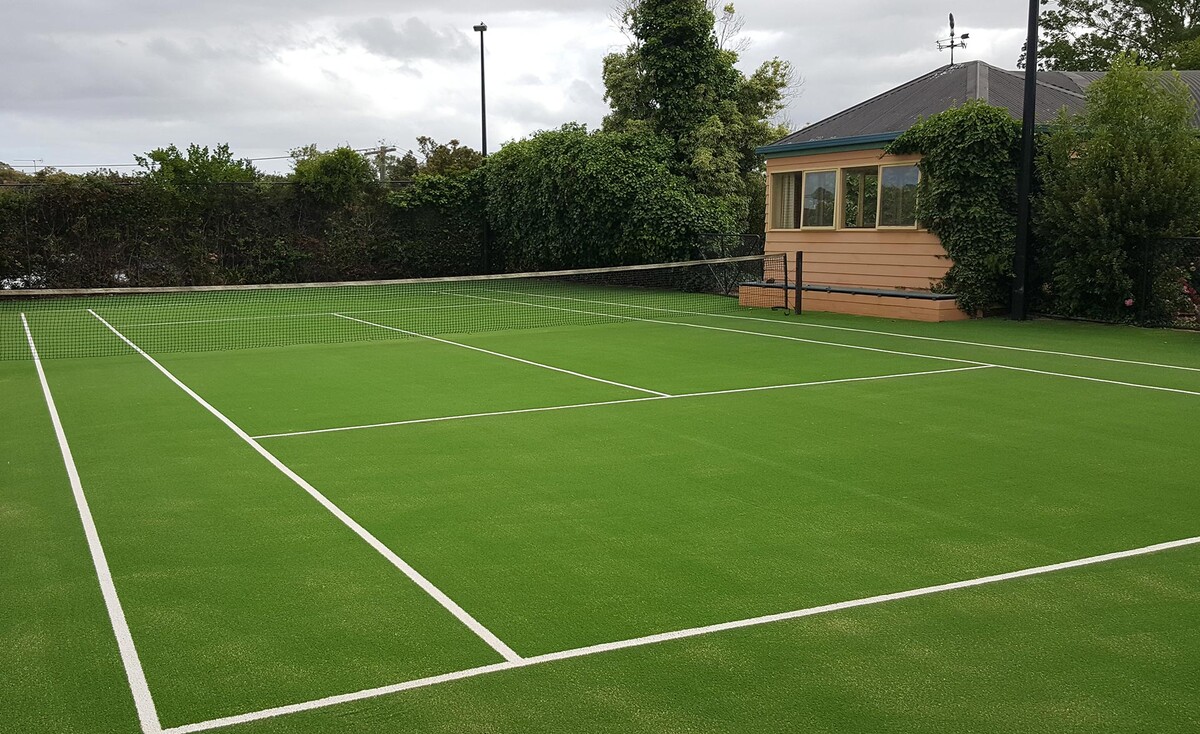
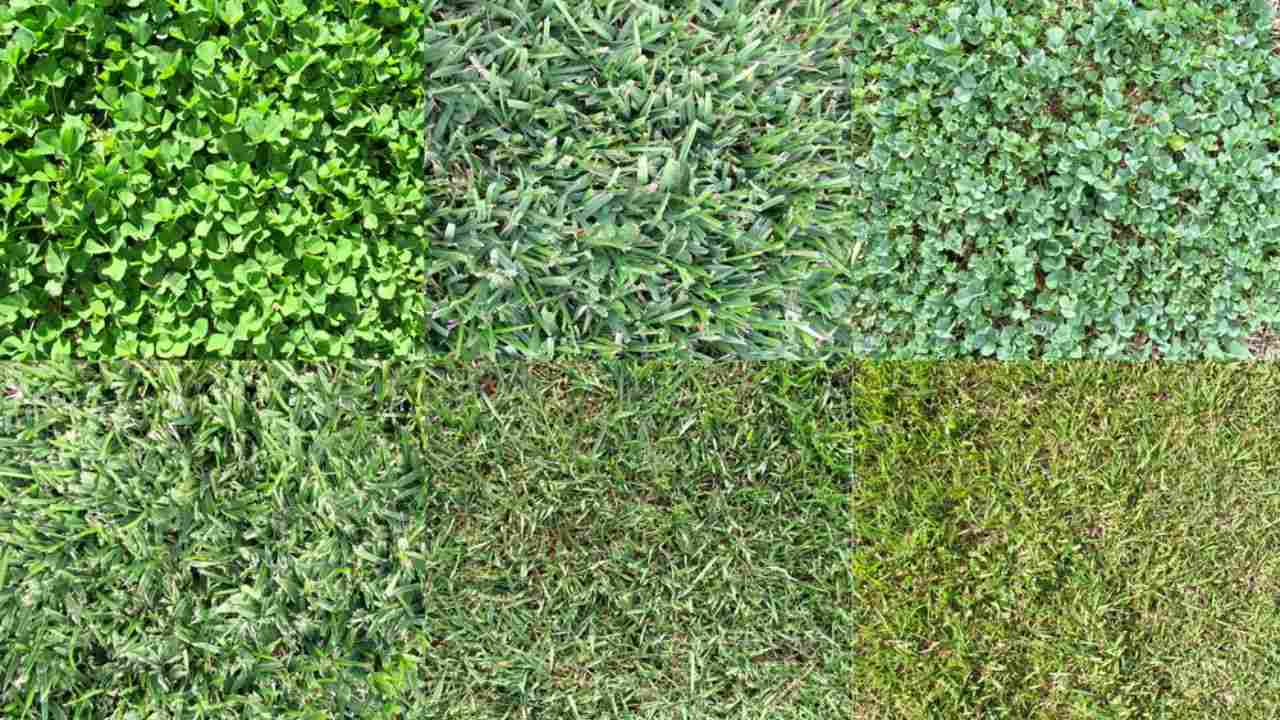
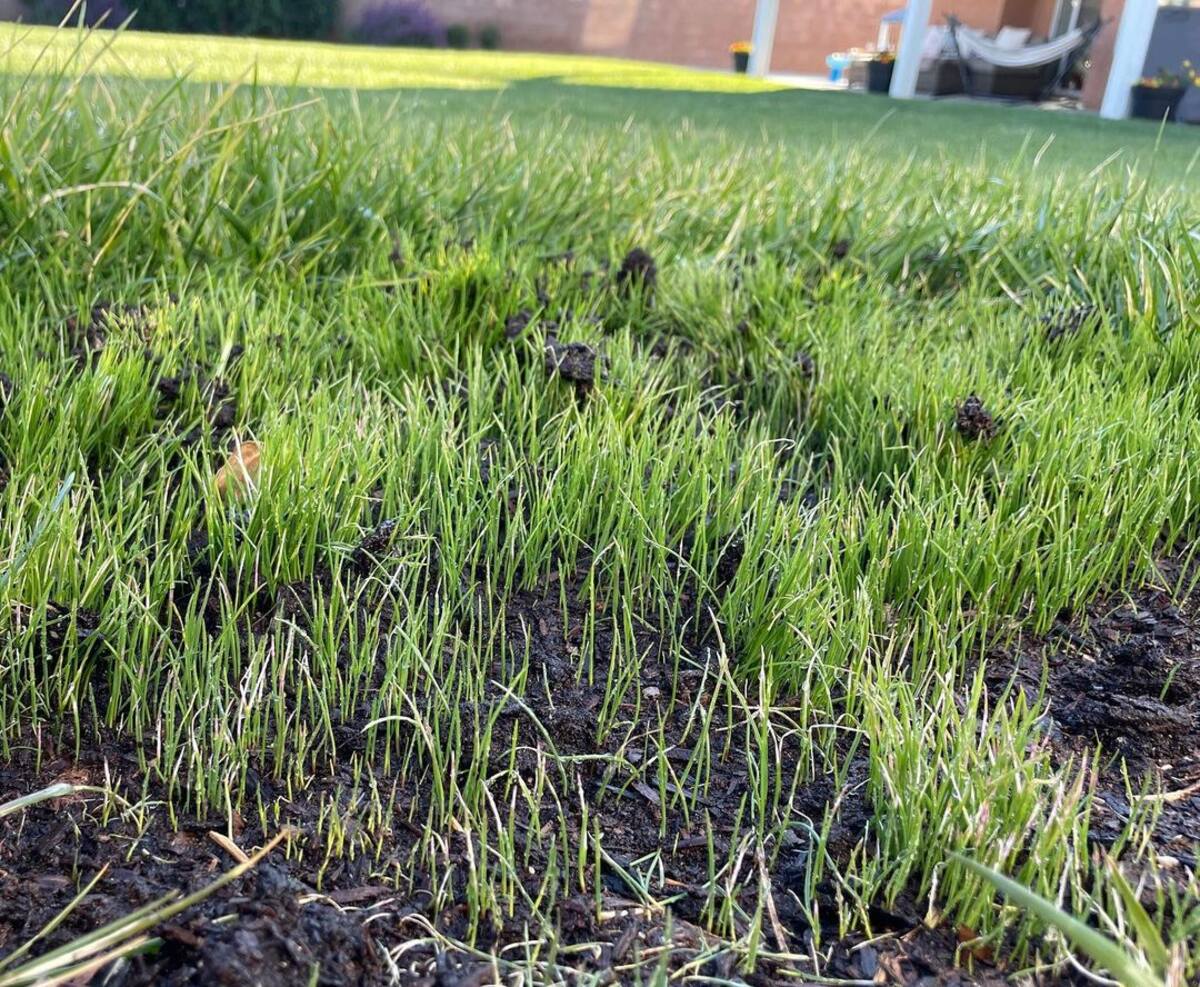
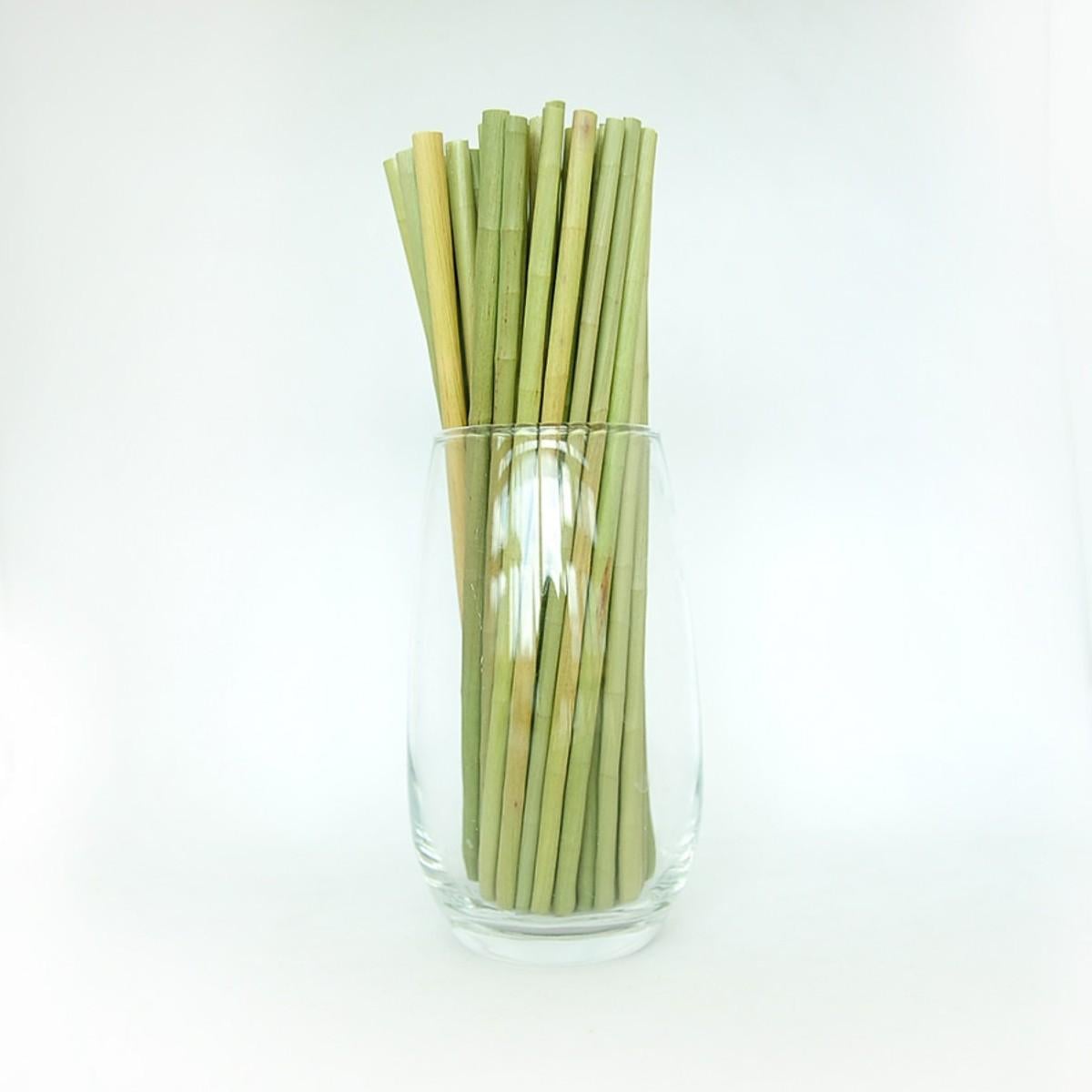
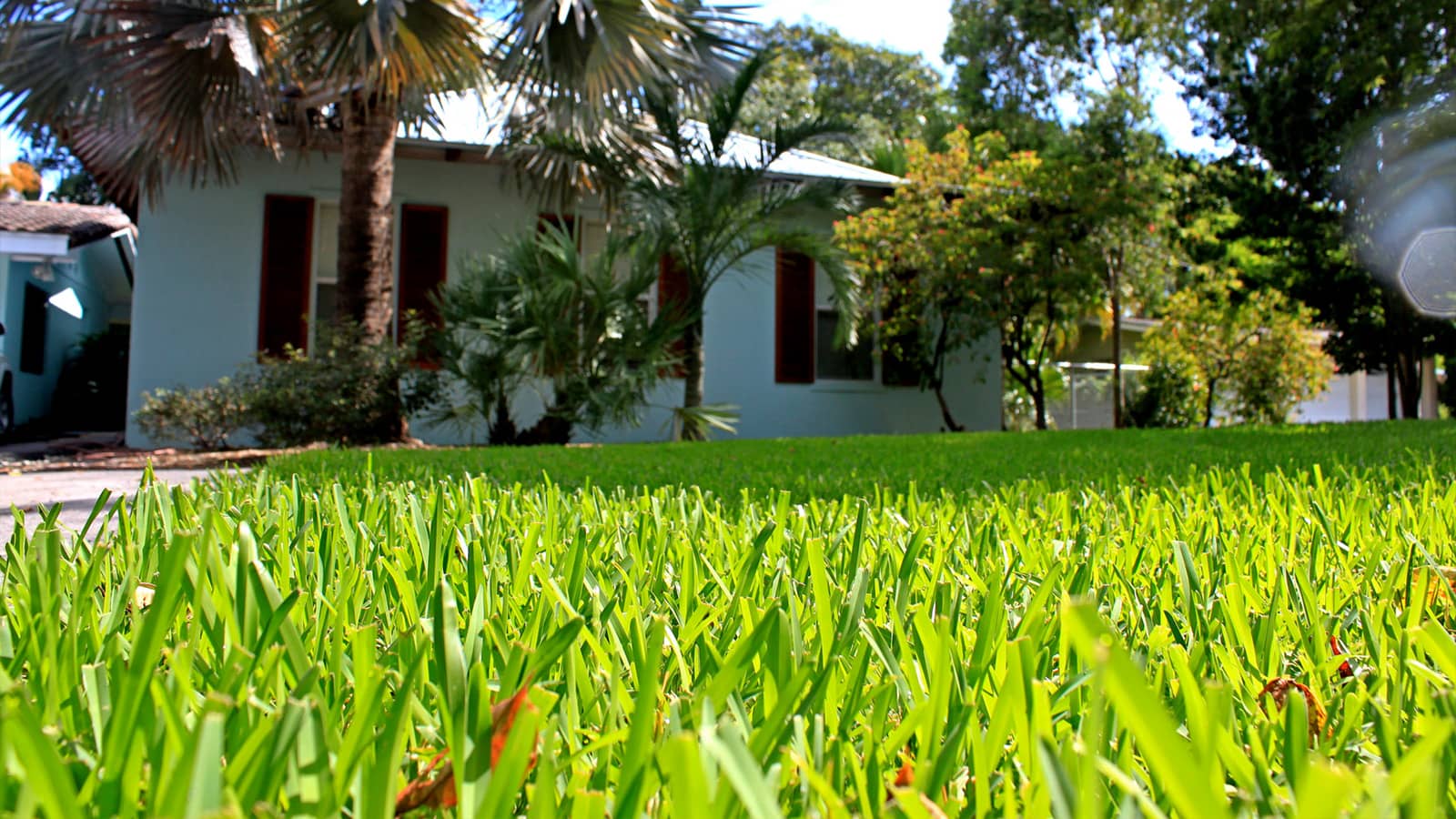
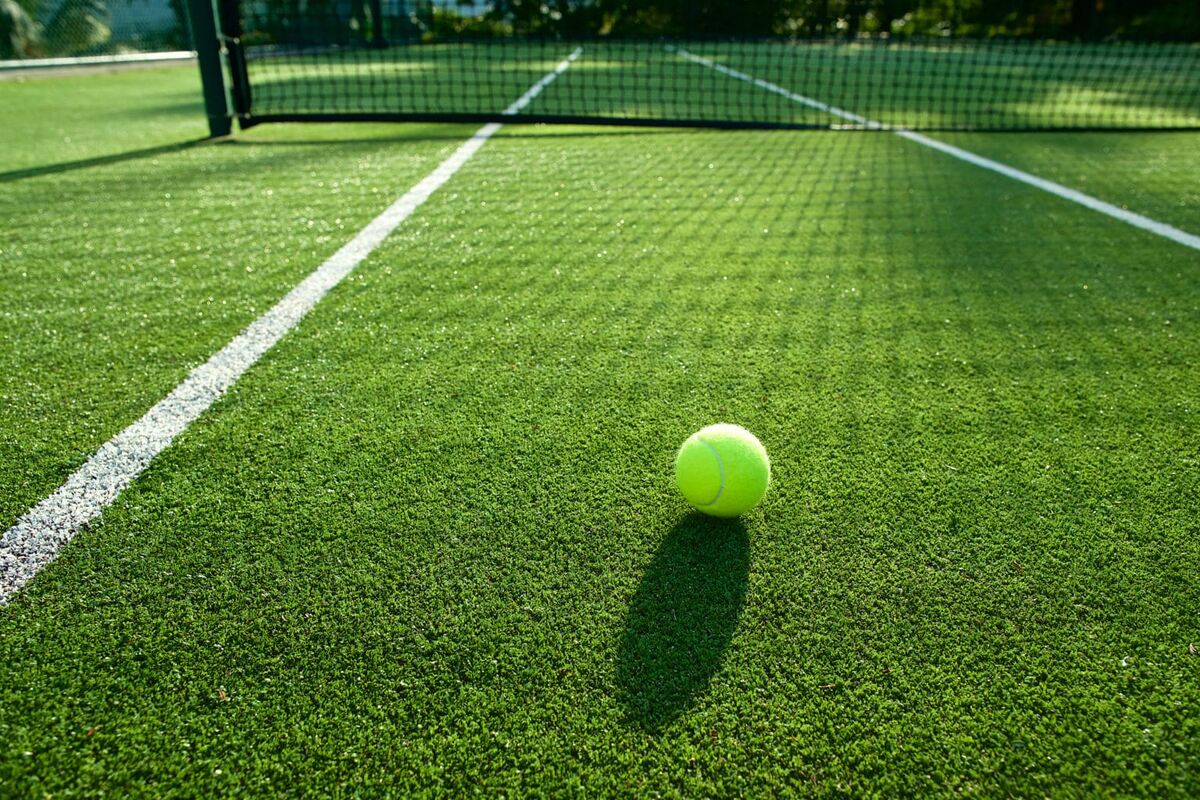
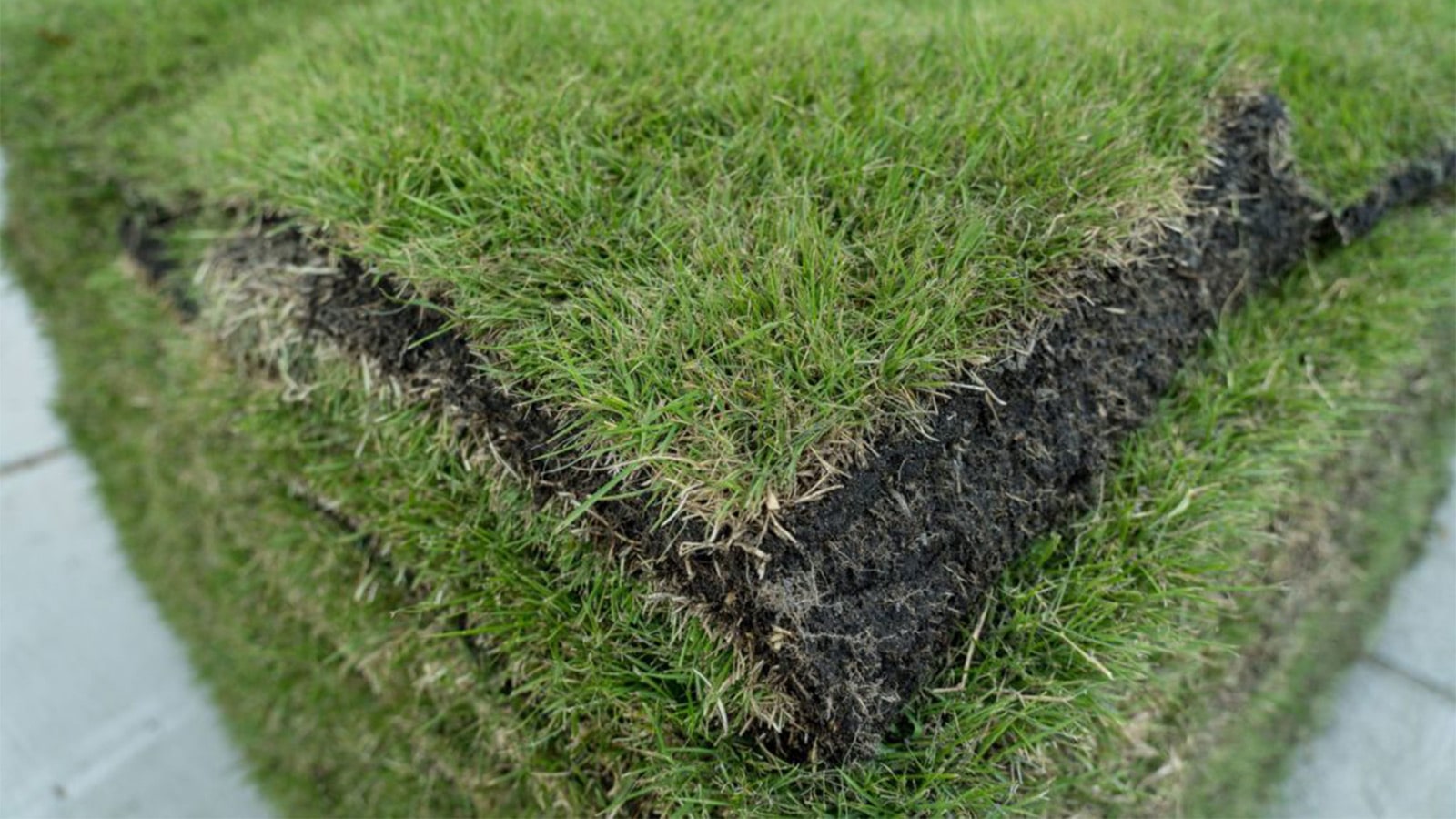
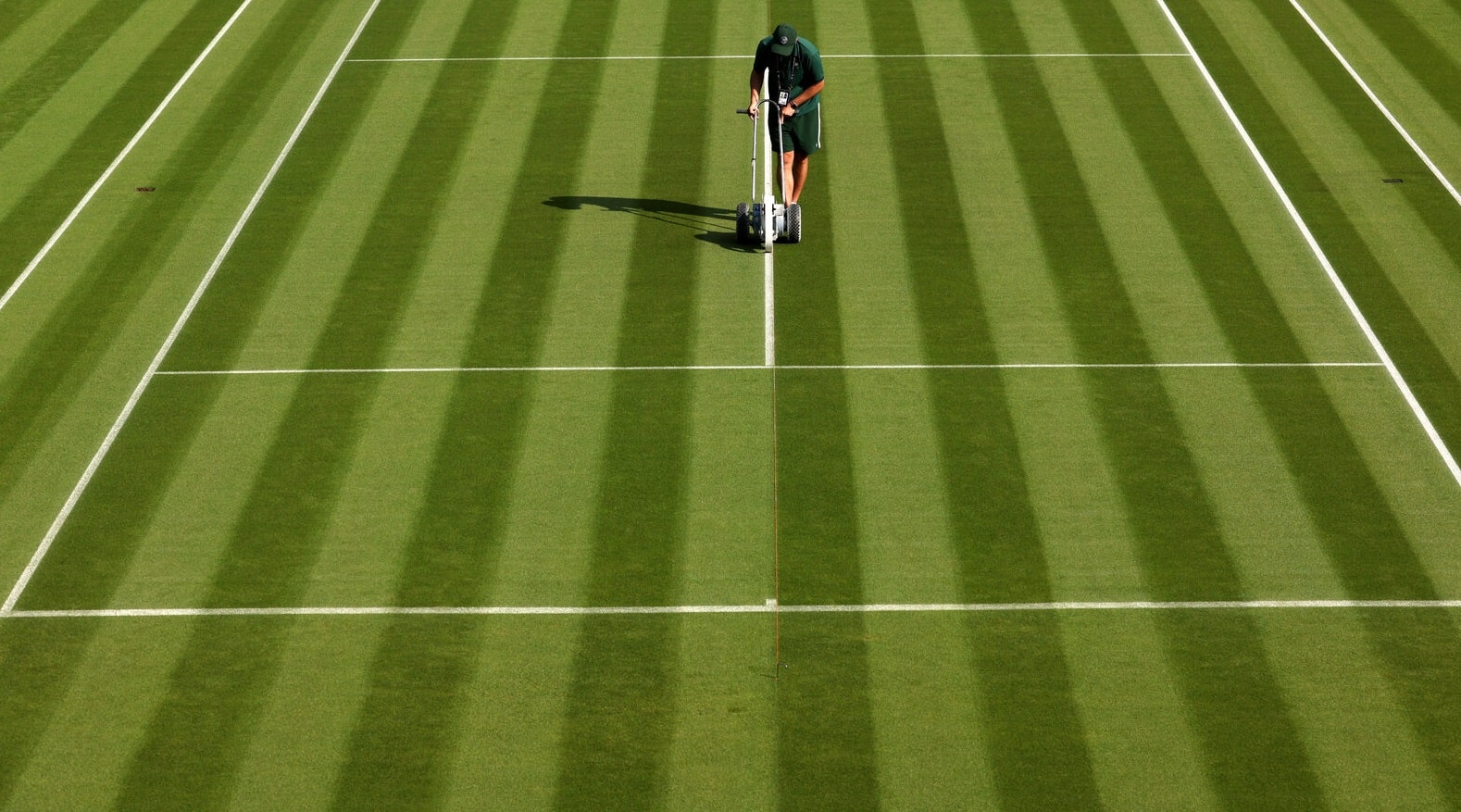
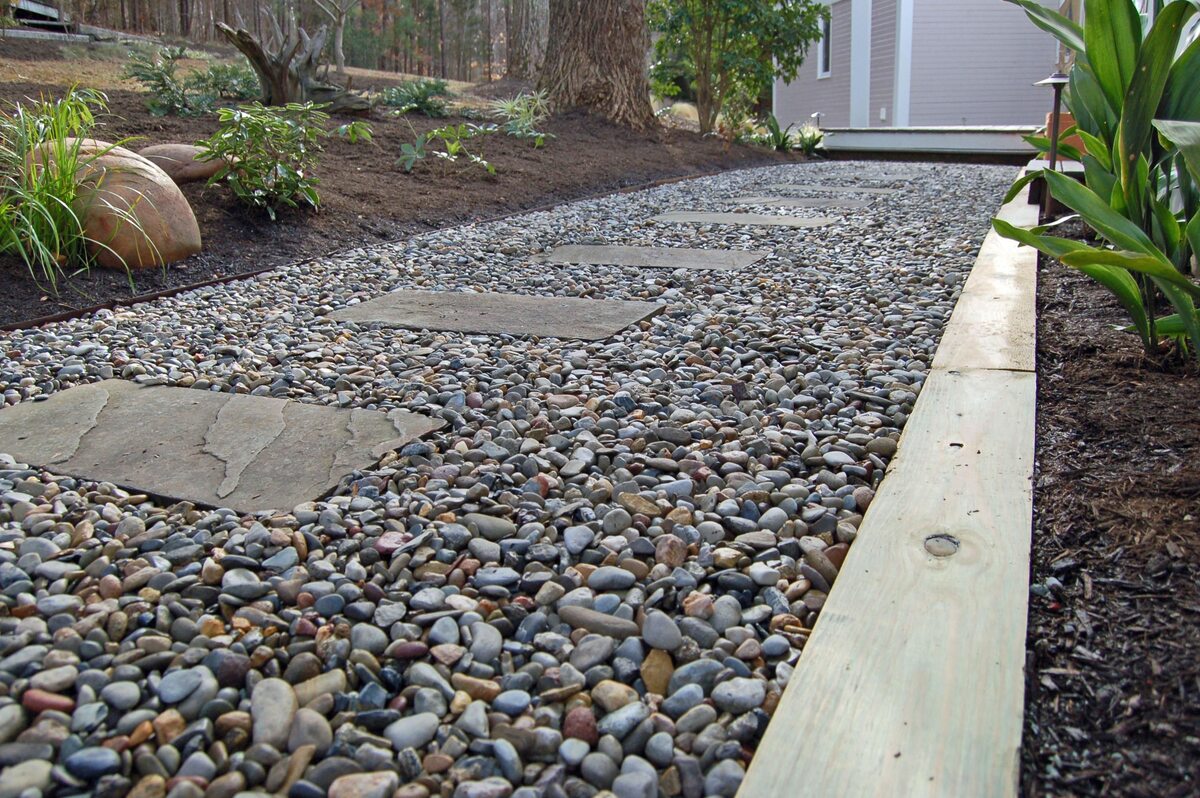
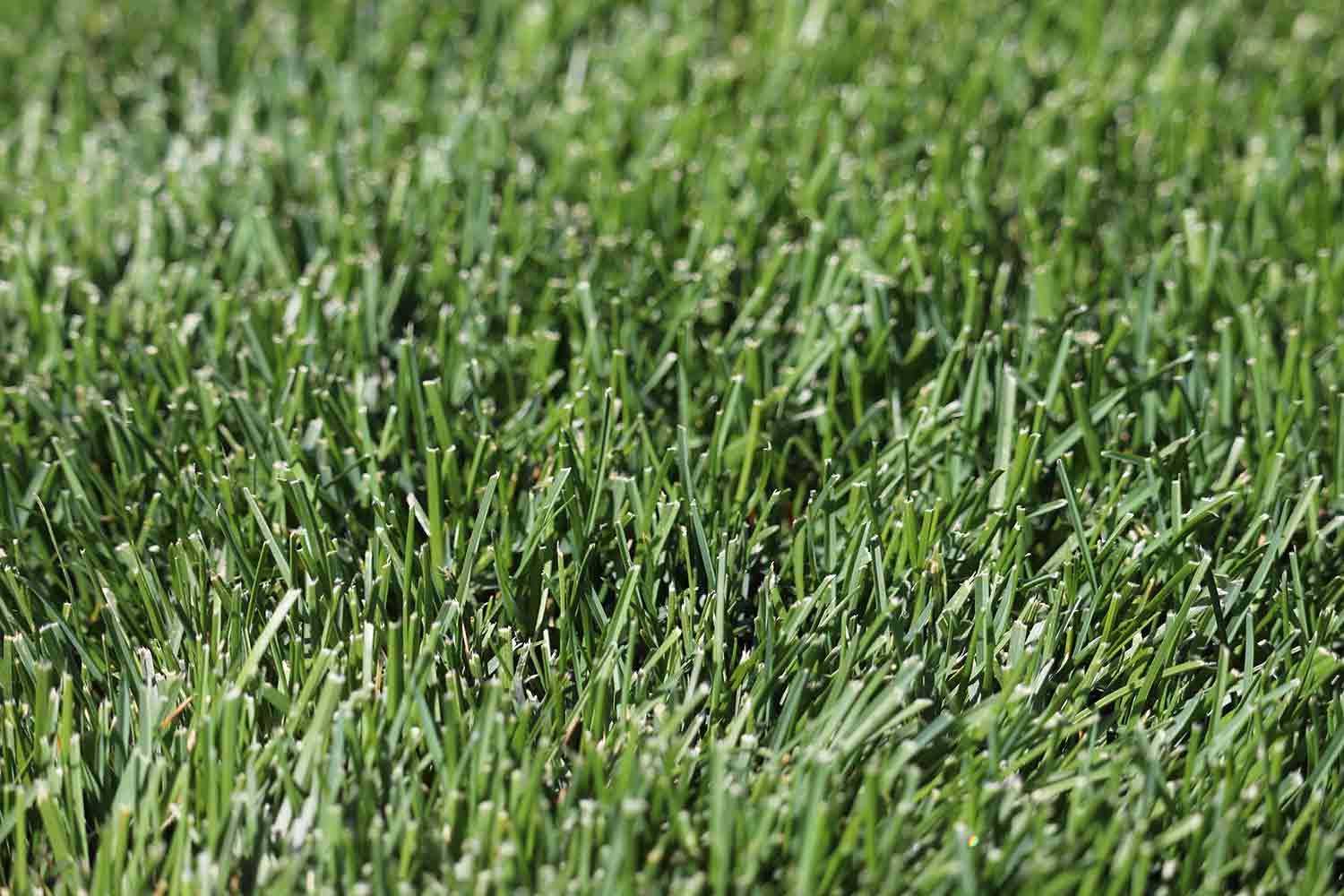
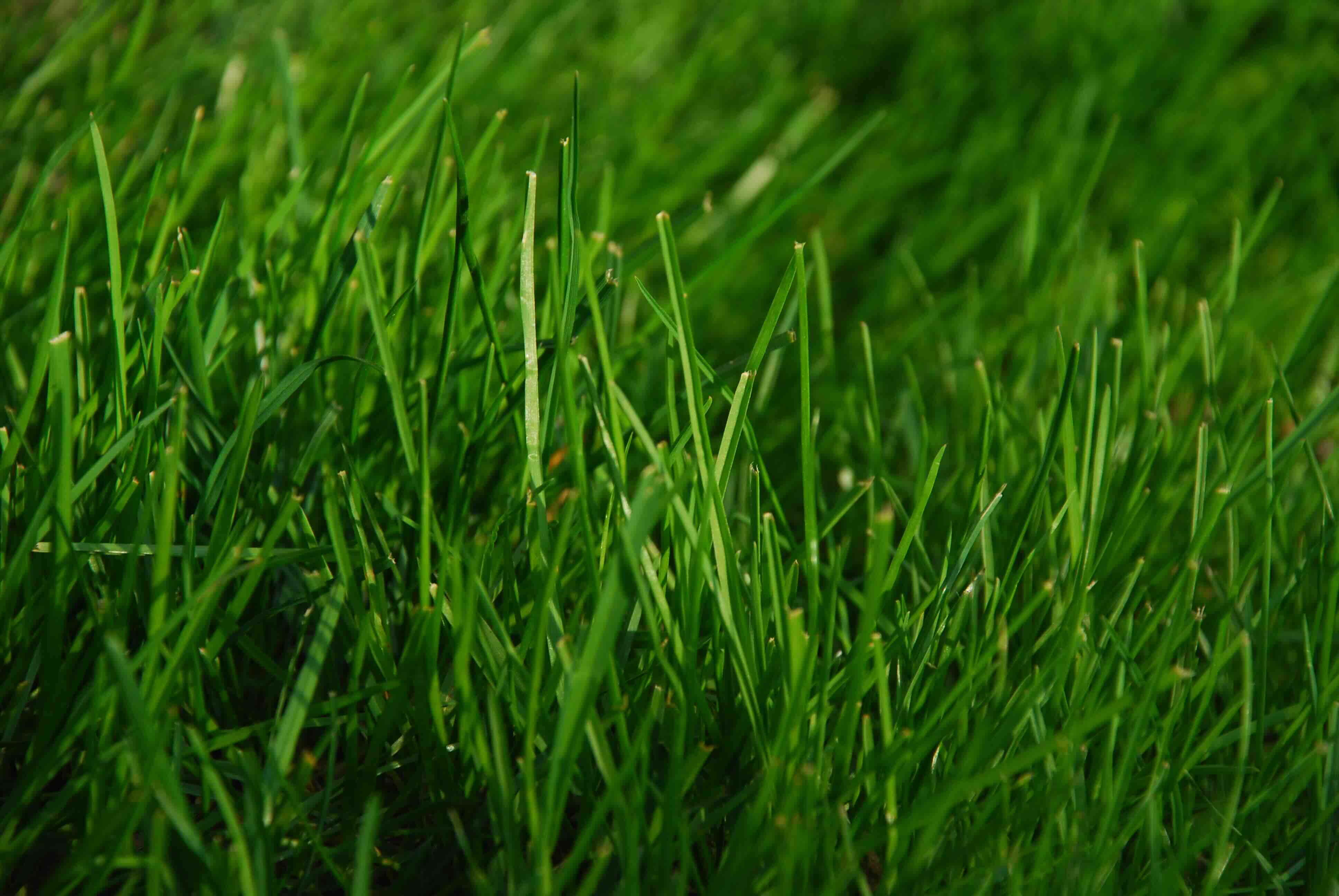
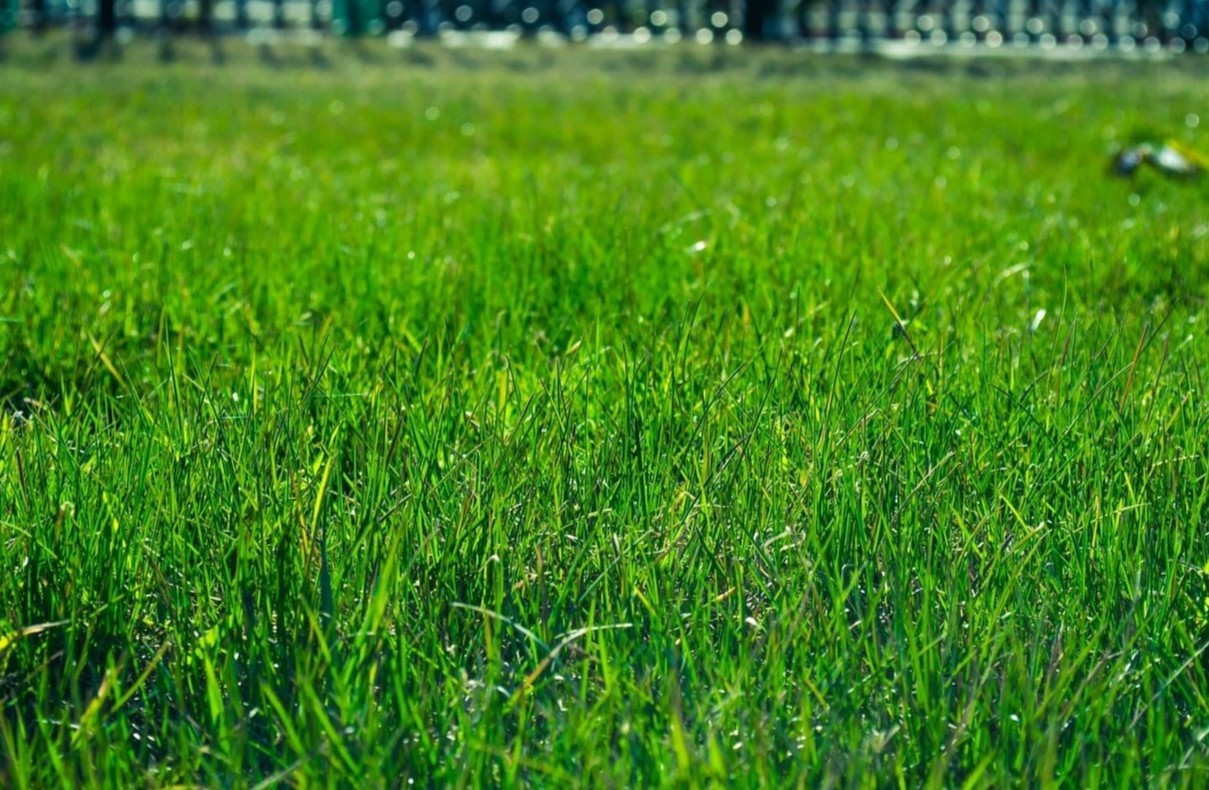
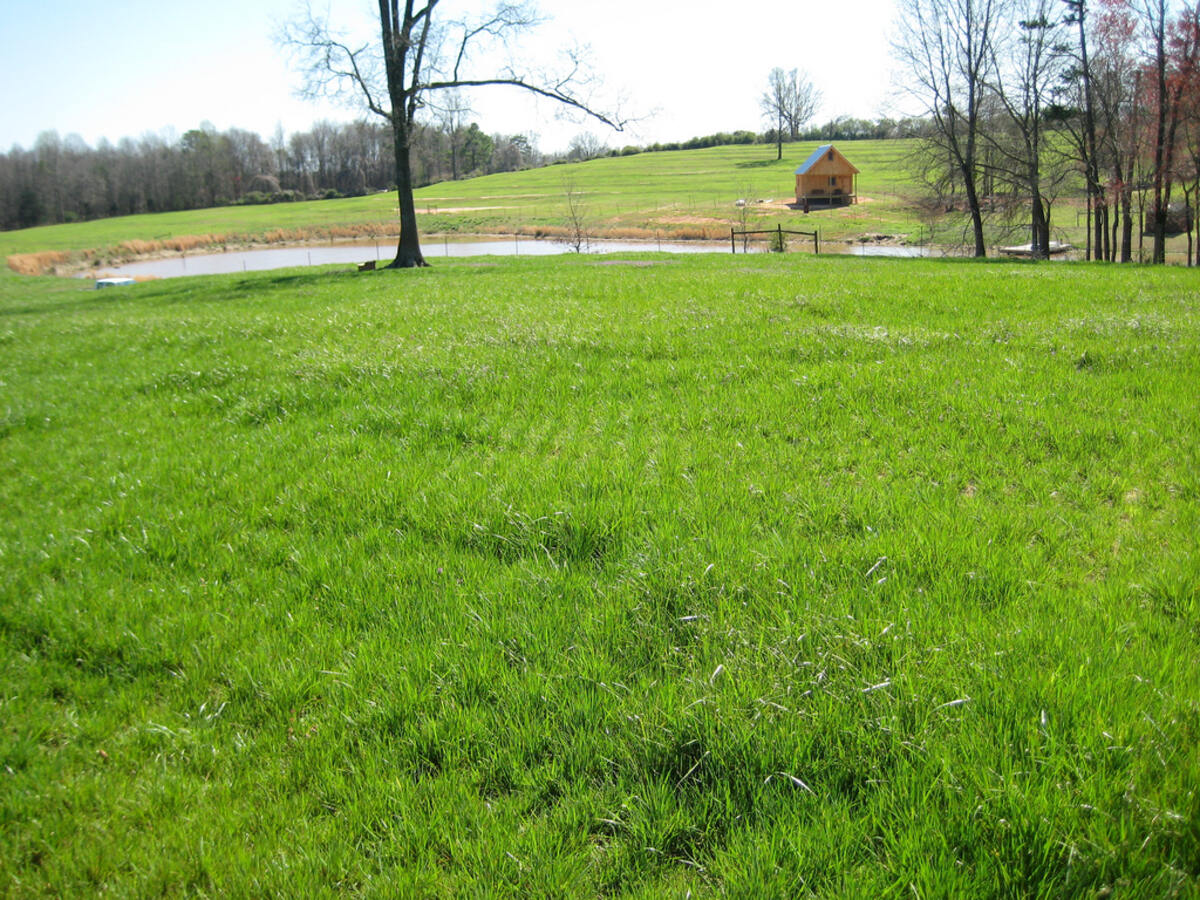
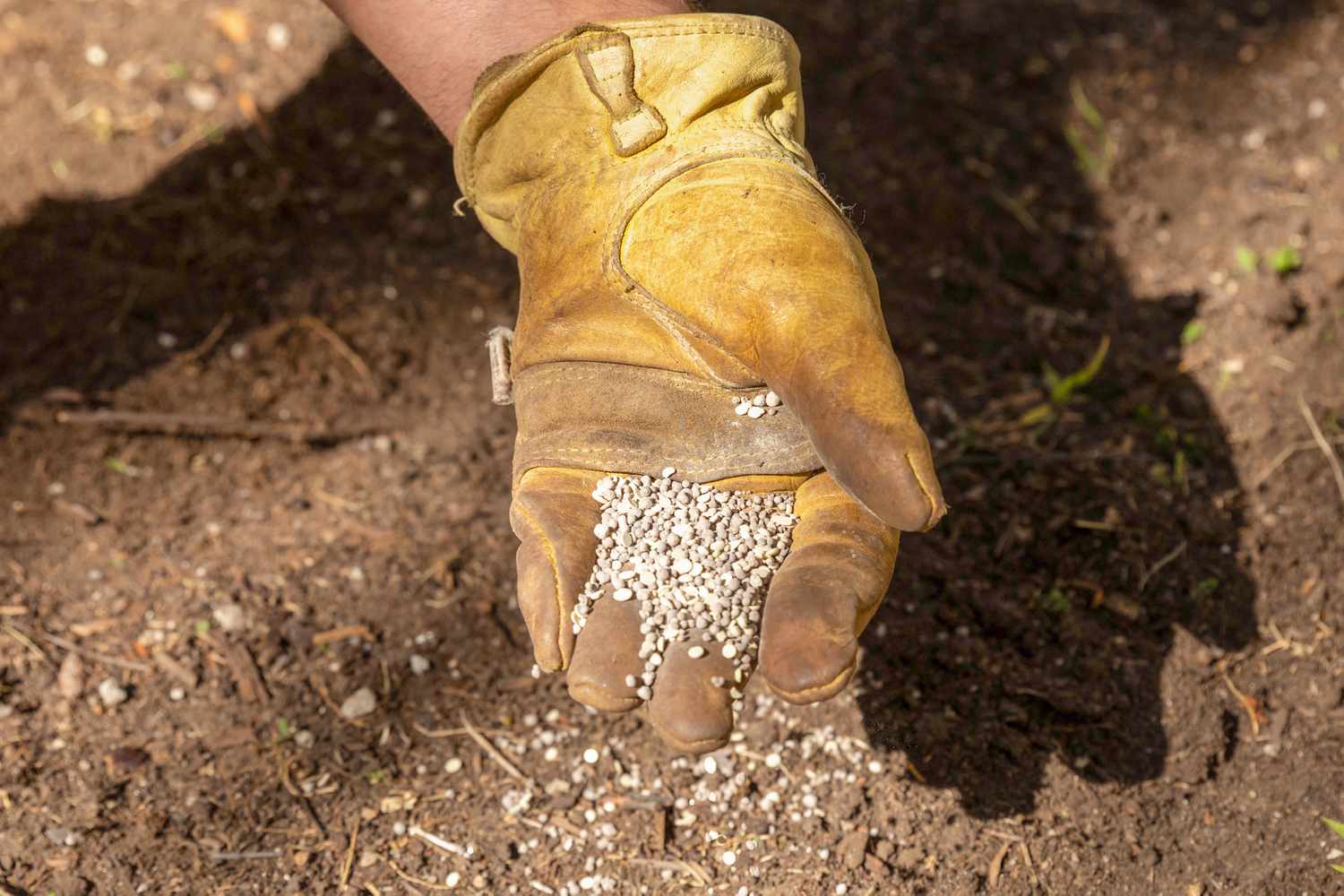

0 thoughts on “What Kind Of Grass Is On Wimbledon Courts”